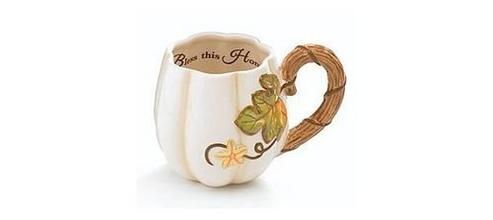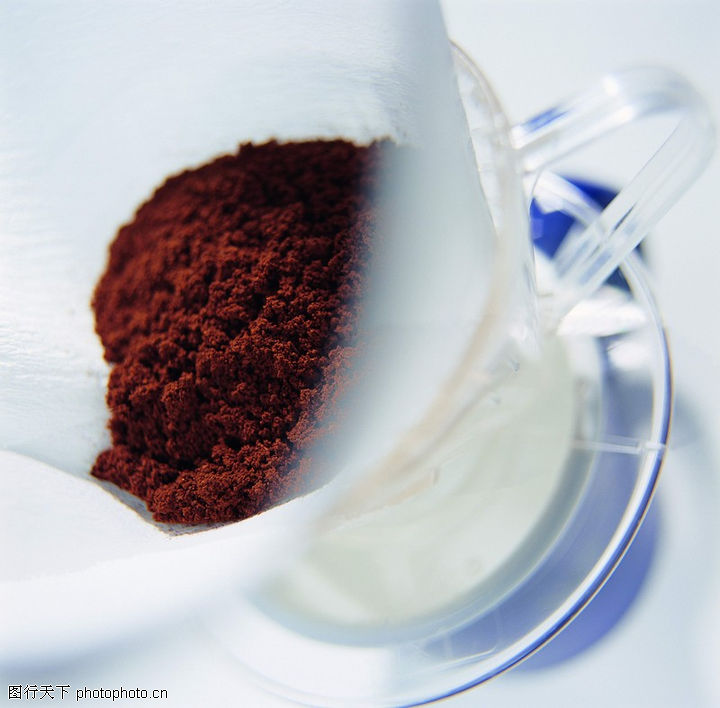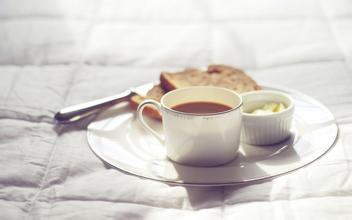Introduction to fine coffee with soft and full-bodied taste in Rwanda coffee manor
Located in the central part of Rwanda, Kigali, which was founded in 1907, is the political, economic and cultural center of the country. It covers an area of 730 square kilometers and has a population of 1.13 million (2013), 70 per cent of which are in the suburbs. The city of Kigali, with its pleasant climate, tidy appearance, orderly traffic and good security, is considered one of the safest capitals in Africa, and in 2008 it became the first African city to win the UN Habitat Award. Rwanda has a temperate and tropical plateau climate and, because of its high altitude, its temperature is lower than that of a typical equatorial country. The daily temperature in Kigali, located in the middle of the country, is generally between 12 and 27 °C, with small fluctuations throughout the year. There is also a large temperature difference in some parts of the country, with temperatures lower in the mountainous west and north than in the eastern low-lying areas. Rwanda has two rainy seasons each year, each from February to June and the second from September to October, while there are also two dry seasons, with a longer duration from June to September, often with no rainfall at all. the other lasts from December to February, which is relatively less serious than the previous one. Rainfall varies from region to region, with more rainfall in the west and northwest than in the east and southeast. However, the rainy season pattern has changed as a result of climate change. According to a report by Strategic foresight, the number of overcast and rainy days each year is sometimes smaller, but the rainfall is greater in a short period of time. In other cases, there will be frequent torrential downpours in a single day, more than in the past month combined. In addition, the rainy season comes late or ends early. Rwanda National Park also has some rare or endangered plant species, such as cat tail tree and Guinean cocktail orchid. The largest number of large mammal species are also found in the three national parks, all of which are designated reserves. Akagera National Park is home to typical savanna animals, including giraffes and elephants, while Volcano National Park is home to about 1/3 mountain gorillas in the world. Newgway Forest Park has 13 species of primates, including chimpanzees and Ruwenzori arboreal colobus monkeys, of which as many as 400 engage in group activities, more than any other primate in Africa.
There are about 33000 hectares of coffee plantations in Rwanda, with 500000 people engaged in the coffee industry. With the good natural conditions of high altitude and fertile volcanic soil, the country's fertile soil and suitable climate contribute to plant growth, and coffee trees seem to be driven or forced to grow upward, or because they grow too fast to produce the best coffee beans. The beautiful country of thousands of hills Rwanda has a long and rich culture for growing highland coffee, mainly high-quality Arabica coffee. Rwanda is the only country in the world that can fully enjoy the harmony between soil, altitude and climate. In this unique growing environment, high-quality coffee from Rwanda has a distinctive taste and aroma. Bourbon coffee grown in Rwanda is one of the original varieties of Arabica coffee. Rwanda Karnogi coffee is grown and harvested by local small farmers and washed by Gitesi Washing Station. Although this is a relatively young coffee processing plant, it has always been famous for producing quality Rwandan coffee because of its responsible working attitude, good processing equipment and standard processing procedures. Rwanda Karnogi Coffee won the first Arward Winnner at CoE in 2013. The coffee is in the shape of a typical bourbon, round beans, crystal clear, very clean, with little residual silver skin and green color, suitable for medium-to-light roasting. 10 seconds after the explosion, the mission of the Rwanda Coffee Association is to manage and supervise the operation of the Lu coffee industry from production to sales. The recently revised mission focuses on policy formulation and implementation, with more emphasis on the need to improve the professionalism of the coffee industry and to increase marketing efforts. Since the establishment of the Rwanda Coffee Association, it has promoted the Rwandan coffee culture and promoted the influence of Rwandan coffee.

Important Notice :
前街咖啡 FrontStreet Coffee has moved to new addredd:
FrontStreet Coffee Address: 315,Donghua East Road,GuangZhou
Tel:020 38364473
- Prev

Mellow taste, rich aroma, excellent acidity Burundian coffee flavor, characteristics, taste and manor
Burundi coffee was introduced by Belgian colonists in 1930. Unfortunately, many of these farms are on the border with war-torn Rwanda, putting pressure on coffee production. Coffee production in Burundi: Burundian coffee is now grown only on small farms. Almost all the coffee produced in Burundi is Arabian coffee beans, while
- Next

Panamanian Casa Flavor
Panama's finest coffee is grown in the west of the country, near Costa Rica and near the Pacific Ocean. The Boquet district of Chiriqui province is best known for its coffee production, as are Waukan, Santa Clara, Candela, etc. Other districts include David, Remacimeinto, Bugaba and Tole.
Related
- Detailed explanation of Jadeite planting Land in Panamanian Jadeite Manor introduction to the grading system of Jadeite competitive bidding, Red bid, Green bid and Rose Summer
- Story of Coffee planting in Brenka region of Costa Rica Stonehenge Manor anaerobic heavy honey treatment of flavor mouth
- What's on the barrel of Blue Mountain Coffee beans?
- Can American coffee also pull flowers? How to use hot American style to pull out a good-looking pattern?
- Can you make a cold extract with coffee beans? What is the right proportion for cold-extracted coffee formula?
- Indonesian PWN Gold Mandrine Coffee Origin Features Flavor How to Chong? Mandolin coffee is American.
- A brief introduction to the flavor characteristics of Brazilian yellow bourbon coffee beans
- What is the effect of different water quality on the flavor of cold-extracted coffee? What kind of water is best for brewing coffee?
- Why do you think of Rose Summer whenever you mention Panamanian coffee?
- Introduction to the characteristics of authentic blue mountain coffee bean producing areas? What is the CIB Coffee Authority in Jamaica?

